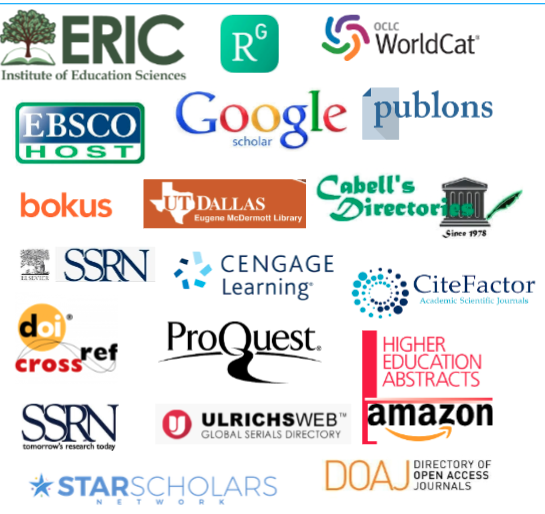Are schools replaceable?
Creative destruction in the post-pandemic society
DOI:
https://doi.org/10.32674/jise.v9i2.2392Keywords:
Blended Learning, Education, Educational Innovation, Schools, Socioeconomic InfluencesAbstract
Lockdown measures and school closures due to coronavirus have forced governments, schools, and teachers to find new ways to ensure learning continuity. Initiatives differ according to the country’s level of development and the socioeconomic status of students. The situation has exposed and has amplified the relationship between wealth and richer home learning environments and is also evidencing and magnifying the digital divides between students and between schools. Simultaneously, innovation processes seem to be occurring in response to the restriction measures. The purpose of this short essay is to discuss the consequences of COVID-19 on students, pedagogy, and schools, particularly the relationship between socioeconomic conditions and possibilities of innovation in education. Based on Schumpeter’s concept of creative destruction we suggest that while some institutions may have the possibility of reconverting themselves by developing blended models of education, for a vast worldwide majority of students, traditional – face-to-face and disconnected – schools are irreplaceable.
Downloads
References
Fernández Enguita, M. (2020, March 31). Una pandemia invisible ha traído la brecha previsible. Cuaderno de campo. https://blog.enguita.info/2020/03/una-pandemia-imprevisible-ha-traido-la.html [Accessed 2 April 2020].
OECD. (2016). Pisa 2015 results (Volume I): Excellence and equity in education. OECD. https://doi.org/10.1787/9789264266490-en
Picciano, A. G., Seaman, J., Shea, P., & Swan, K. (2012). Examining the extent and nature of online learning in american k-12 education: The research initiatives of the Alfred P. Sloan foundation. The Internet and Higher Education, 15(2), 127-135. https://doi.org/10.1016/j.iheduc.2011.07.004
UNESCO (2020, March). COVID-19 Educational Disruption and Response. UNESCO Institute for Statistics data. https://en.unesco.org/covid19/educationresponse [Accessed 30 March 2020]
UNICEF (2019, October). Home Environment. UNICEF Data. https://data.unicef.org/topic/early-childhood-development/home-environment/#_ftn1
UNICEF, World Health Organization [WHO], & The World Bank. (2018, May 14). Levels and trends in child malnutrition. UNICEF / WHO / World Bank Group Joint Child Malnutrition Estimates. Key findings of the 2018 edition. https://www.who.int/nutgrowthdb/2018-jme-brochure.pdf
UNICEF (2017) A Familiar Face: Violence in the lives of children and adolescents. UNICEF https://www.unicef.org/publications/index_101397.html
WFP (2020, March). WFP and UNICEF joint response to COVID-19. World Food Programme. https://www.wfp.org/school-health-and-nutrition [Accessed 30 March 2020]
Additional Files
Published
Issue
Section
License
Copyright (c) 2020 Journal of Interdisciplinary Studies in Education

This work is licensed under a Creative Commons Attribution-NonCommercial-NoDerivatives 4.0 International License.







